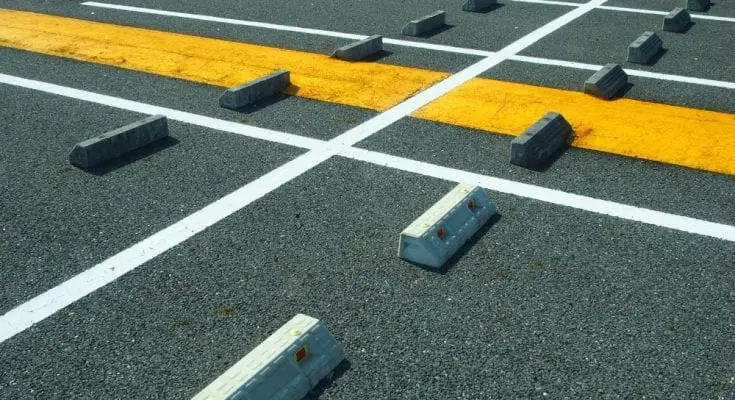Every day, thousands of vehicles traverse roads and parking lots all across the country. We all spend quite a bit of time commuting for work, recreation, and commerce, but few people stop to consider the everyday wonder that is paved roads.
In many places, dirt and gravel paths are in use, and small towns everywhere likely still recall when things weren’t so smooth and nice to drive over. To better understand the seldom-appreciated luxury that it is, everyone should understand the process of paving a perfect asphalt parking lot.
Initial Area Prep Work
Building quality parking starts long before professionals lay any pavement. First, once an area is secured for construction, it must be cleared. Part of this potentially entails leveling any existing structures and properly disposing of unusable materials.
Once the area is cleared, it needs to be leveled and given the appropriate grading. Depending on the location, this likely includes either bringing in soil or trucking out spoil. Adding a grate helps the water from rainfall flow away from walking traffic areas. Besides keeping customers safe, properly channeling water into drains allows for the road’s longevity.
Basic Paving Steps
Once the foundation is properly sorted, paving begins. While we only experience the smoothest layer, asphalt is laid in three parts. First, the soil layer needs to be between six and eight inches deep, with a firm foundation of the earth below that. Above the soil layer is the base layer. The asphalt doesn’t simply sit on top of the soil, however.
Between these two layers, the tack is sprayed to promote mixing and adhesion. The three layers must firmly affix to each other to make them less vulnerable to nature and time. As mentioned, water is dangerous to asphalt in particular—without proper drainage, water can drill away at the soil layer, causing the asphalt to crumble and crack.
Adding Finishing Touches
The process of paving a perfect asphalt parking lot nears completion as the uppermost layer of asphalt is added. Typically, this layer is only a few inches thick and, as it wears away, new layers can be added—so long as the lot was properly laid and can remain in good condition! Only once professionals complete all these steps does a lot begin to resemble something the average person recognizes.
Fixtures may be drilled into the pavement as needed, such as a cart receptacle. Additionally, the lot needs to secure the services of a parking lot striping company. While you might think the latter is the simplest part, think again—companies have to ensure that all markings they use are functional and within regulations, such as ADA compliance. All in all, it’s no small task to create such an important part of commerce that many of us take for granted every day. It’s a small marvel of engineering that provides significant comfort and convenience.



